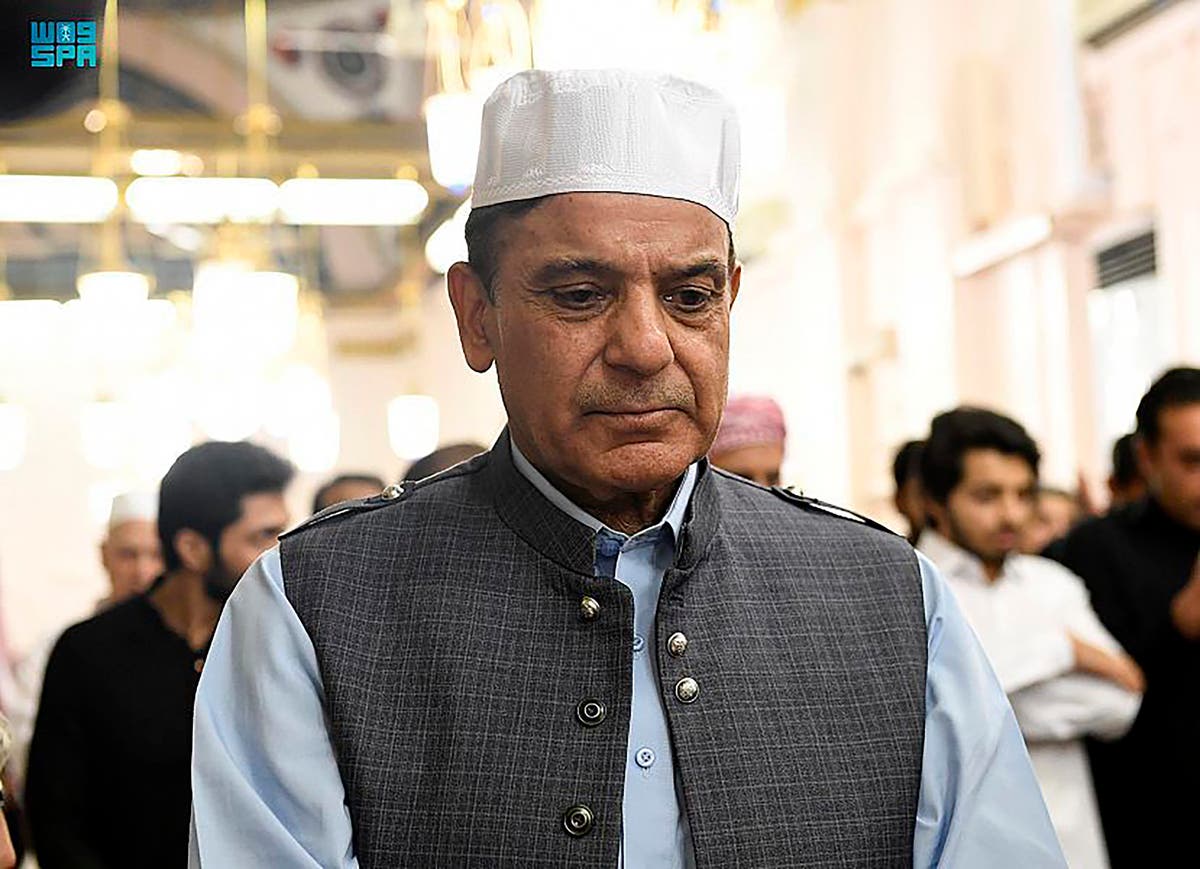
The economic situation of Pakistan is deteriorating at fast pace and some Chinese factors are directly responsible for this grim situation in the country. It is unfortunate that weak administration, mismanagement of various resources and poor law and order situation led Pakistan into a huge economic crisis, now it is supplemented by a worse energy crisis. The circumstances appeared as more than two dozen Chinese firms or Independent Power Producers (IPPs) have threatened to cease operations at power plants on May 9, if payments are not made upfront, media reports said. Reportedly, Pakistan has to pay more than Rs 300 billion Pakistani rupees (US $1.59 billion) in dues to several Chinese firms, which are operating in Pakistan. The crucial matter was raised at a meeting, which was presided over by Minister for Planning and Development Ahsan Iqbal.[1]
There are more than 30 Chinese companies which are operating under China-Pakistan Economic Corridor (CPEC) in several infrastructural projects of various fields like energy, communication, railways, roads and highways – across Pakistan to facilitate trade connectivity now raised their issues. There was a myriad complaint from Chinese side, including those relating to complex visa procedures for Chinese executives, heavy taxation and so on. About 25 representatives from Chinese independent power producers (IPPs) spoke one after the other and complained about the buildup of their accruing dues and warned that without upfront payments they would shut down within days. They said the authorities were pressurizing them to maximise generation of power to meet peak summer needs, but “this is impossible for us in view of serious liquidity issues.”[2]
In March, 2022, With China threatened to halt multi-billion-dollar CPEC over differences in cost estimations and contractual disputes, the issue of overdue payments owed to Chinese independent power producers (IPPs) is near a breaking point. Reports claimed that Beijing was reluctant to pump in new funds under the CPEC arrangement until difficulties faced by Chinese investors are resolved and previous CPEC-related agreements are fully honoured by Pakistan.[3] Besides, the China Electric Power Equipment and Technology Co Ltd (CET), State Grid Corporation of China (SGCC) registered in Pakistan as Pak Matiari-Lahore Transmission Company Private Limited (PMLTC), had also written to the then Energy Minister Hammad Azhar, clarifying him that the company had received only Rs 8.75 billion (US $48.82 million) of the total amount billed to the National Transmission & Despatch Company (NTDC). Beijing has voiced its concerns about the non-payment of power dues for some time, including at the highest-level during Imran Khan’s visit to Beijing in 2022.[4]
Geopolitical issues in Pakistan are also propped up, as Baloch insurgency poses a constant threat to peace and stability. The Baloch insurgents are regularly targeting CPEC infrastructure projects, such as gas pipelines and electricity towers, because they consider China as an imperialist power that, along with the Pakistan government, wishes to plunder Balochistan’s natural resources. Moreover, the persistent attacks on Chinese people working in Pakistan by insurgents is also a serious concern for China. In recent of such attacks, on April 26, a Baloch female suicide bomber in an unprecedented attack killed three Chinese nationals in University of Karachi. The Chinese fatalities included the Director of the Chinese-built Confucius Institute, which offers Chinese language graduate classes, and two teachers. Earlier, in July, 2021, a bus carrying engineers to a construction site near a dam in northwestern Pakistan was hit by a bomb, killing 13 people including nine Chinese workers. Before that, in April 2021, a suicide bomb was exploded at a luxury hotel hosting the Chinese Ambassador in Quetta, the provincial capital of Balochistan, killed four and wounded dozens. Fortunately, the ambassador was left unhurt.[5]
China is surely facing a tough situation in Pakistan. There may have been no departure of Chinese workers from Pakistan after the Karachi University attack, but they look less confident about the country’s ability to protect them. “The Chinese confidence in Pakistan’s security system’s ability to protect their citizens and their projects is seriously shaken,” said Senator Mushahid Hussain, chairman of the Senate Defence Committee.[6]
The CPEC project was started in the year 2015. In April 2015, Chinese President Xi Jingping visited Islamabad to inaugurate the CPEC, a US $46 billion investment in Pakistan’s energy and transportation sectors. As part of China’s One Belt, One Road (OBOR) initiative, CPEC was planned to endorse regional linkages among Pakistan, China, and Eurasia.[7] The two sides set up the “1+4” cooperation mode, meaning the two sides take CPEC as the core while prioritizing in Gwadar, Energy, Transport Infrastructure and Industrial Cooperation. The Chinese side of the CPEC vision is to further advance the western development strategy, encourage economic and social development in Western China, quicken the Belt and Road construction, make ways to China’s advantages in capital, technology, production capacity and engineering operation, and help the formation of a new open economic system friendly to China. One the other hand, the Pakistani side vision is to fully harness the demographic and natural endowment of the country by advancing its industrial capacity through formation of new industrial clusters, complementing the regional socio-economic growth, enhancing people’s happiness, and sponsoring domestic peace and stability.[8]
However, only three schemes have been declared completed by the CPEC Authority, including $4 million Gwadar Smart Port City Master Plan. The other two schemes are the Physical Infrastructure of Gwadar Port and the Free Zone Phase-1 costing $300 million and Pak-China Technical and Vocational Institute that has been built with a $10 million Chinese grant. Even there is no indigenous electricity for the port, as the country imports power from Iran to meet the city’s energy needs. CPEC remained dormant during most of the time of the previous PTI government. Interestingly, as reported on May 8, 2022, CPEC Authority progress report is in line with an assessment of the Board of Investment that wrote to former Prime Minister Imran Khan that “long being marketed as the centerpiece of CPEC, Gwadar has yet to reach the heights of expected industrial development that can serve as a catalyst for domestic and foreign investment”. It added, “On ground visit to the Gwadar Free Zone revealed that the present area of the zone is neither suitable nor suffice for establishing heavy industry.” Pakistan had also planned to set up 300 megawatts Gwadar power plant to provide home-based electricity but the report showed that hardly 3 per cent work was done on the scheme.[9] The CPEC authority in Pakistan was created at China’s appeal to better coordinate CPEC projects among stakeholders from both sides.[10]
Keeping the slow pace of various projects and other challenges, it can be said that, CPEC is improbable to ever accomplish the aspirations that Xi Jinping and Nawaz Sharif envisioned in 2015. While CPEC has underwritten to an upgrading in Pakistan’s infrastructure, the various problems related with it, principally corruption, opacity, and a willingness to fund economically unviable projects, have led Beijing and Islamabad to moderate their outlooks. China has had mixed success investing tens of billions of dollars in Pakistan, a country with which it shares a border and enjoys strong historical ties.[11]
Financial mismanagement has been a perennial issue in the CPEC projects. Last year (2021), during the 10thsession of joint coordination committee (JCC) that oversees the CPEC, China demanded its pending arrears of its projects in Pakistan. Beijing remains frustrated with increasing arrears owed to Chinese independent power producers (IPPs), which is in aggregate around $1.5 billion. It not only wanted these arrears to be cleared but asked Islamabad to set up a revolving fund to assure timely payment of dues to IPPs.[12]
Pakistan had big hope since beginning with this mammoth multi-pronged investment under CPEC but it must have approached it with great caution. Pakistan should be an equal partner rather giving China a free hand and allow to monopolize over its energy sector. In January 2018, Dawn informed that Pakistani firms have been denied contracts for power and other projects including equipment and raw materials for the projects were being imported from China.
It is sad to know that only Chinese labors are engaged in the projects despite there are no restrictions on Chinese firms to involve Pakistani contractors and use local equipment and labor.
As soon as the COVID-19 lockdown in Pakistan was relaxed, almost all sectors of business, trade, and industry resumed work at great pace immediately. The reason for this may be attributed to CPEC energy projects, which have been producing a significant amount of Pakistan’s energy supply but due to high rate it created huge debt crisis for Pakistan energy sector. Undoubtedly, Chinese firms are enjoying lion share of benefits from CPEC and its ill effect are directly affecting local people of Pakistan.






